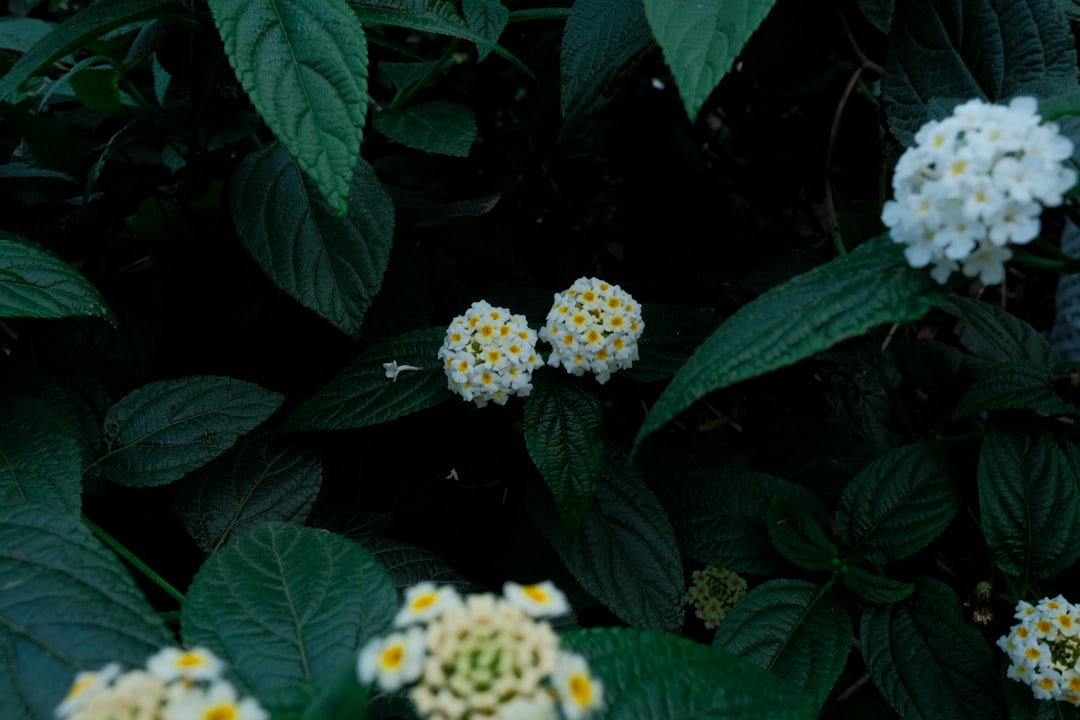The Art of Pruning Knock Out Roses for Optimal Beauty

Knock Out roses have gained immense popularity among gardeners due to their disease - resistance, continuous blooming, and overall hardiness. However, to ensure that these lovely plants maintain their best appearance, proper pruning is essential. In this article, we will explore when to prune Knock Out roses and the correct techniques for making the right cuts.
### When to Prune Knock Out Roses
Timing is crucial when it comes to pruning Knock Out roses. The ideal time to perform the main pruning is in early spring. As the threat of severe frost has passed and the plant is starting to emerge from its winter dormancy, this is the perfect moment. Pruning at this time allows the roses to direct their energy towards new growth and flower production.
During early spring, the rose bush is still relatively dormant, which means that the shock of pruning is minimized. The new growth that will follow the pruning will have the entire growing season ahead to develop and produce an abundance of stunning blooms. For most regions, this usually falls between late February and early April, but it can vary depending on your local climate.
Another important pruning time is in late winter. This is a light pruning that can be done to remove any dead, damaged, or diseased canes. By doing this, you prevent the spread of diseases and pests and give the plant a head - start in terms of overall health.
Throughout the growing season, you can also perform deadheading. Deadheading is the process of removing spent blooms. This encourages the plant to produce more flowers and keeps the bush looking tidy. It can be done as often as needed, usually every few weeks during the peak blooming period.
### How to Make the Right Cuts
Before you start pruning, it is essential to have the right tools. A sharp pair of pruning shears is a must. Dull tools can crush the stems, making it harder for the plant to heal and increasing the risk of disease. You may also need loppers for thicker canes and a pruning saw for very large branches.
When making cuts, always aim to cut at a 45 - degree angle. This angle allows water to run off the cut surface, reducing the risk of waterlogging and subsequent disease. The cut should be made about 1/4 inch above an outward - facing bud. An outward - facing bud is a bud that is pointing away from the center of the plant. This encourages new growth to grow outward, creating an open and airy shape for the rose bush.
Start by removing any dead, damaged, or diseased canes. These canes are easy to identify as they may be discolored, brittle, or have signs of fungus or pests. Cut them back to healthy tissue, making sure to dispose of the removed material properly to prevent the spread of disease.
Next, thin out the center of the rose bush. Remove any canes that are crossing or rubbing against each other. This improves air circulation within the plant, which is important for preventing diseases such as black spot and powdery mildew. Aim to create a shape that allows sunlight to penetrate the center of the bush.
For older canes, you can also perform rejuvenation pruning. This involves cutting back about one - third of the oldest canes to the ground. This stimulates the growth of new, vigorous canes and helps to keep the plant looking youthful and productive.
### After - Pruning Care
After pruning, it is important to take care of the rose bush. Apply a layer of mulch around the base of the plant. Mulch helps to retain moisture, suppress weeds, and regulate soil temperature. You can use organic mulches such as shredded bark or compost.
Water the rose bush thoroughly after pruning. This helps to settle the soil and provides the plant with the necessary moisture to start new growth. In addition, you can fertilize the plant with a balanced rose fertilizer. This provides the essential nutrients for healthy growth and abundant flowering.
Regularly monitor the rose bush for signs of new growth and any potential problems. By following these pruning guidelines, you can ensure that your Knock Out roses will thrive and continue to beautify your garden for years to come.